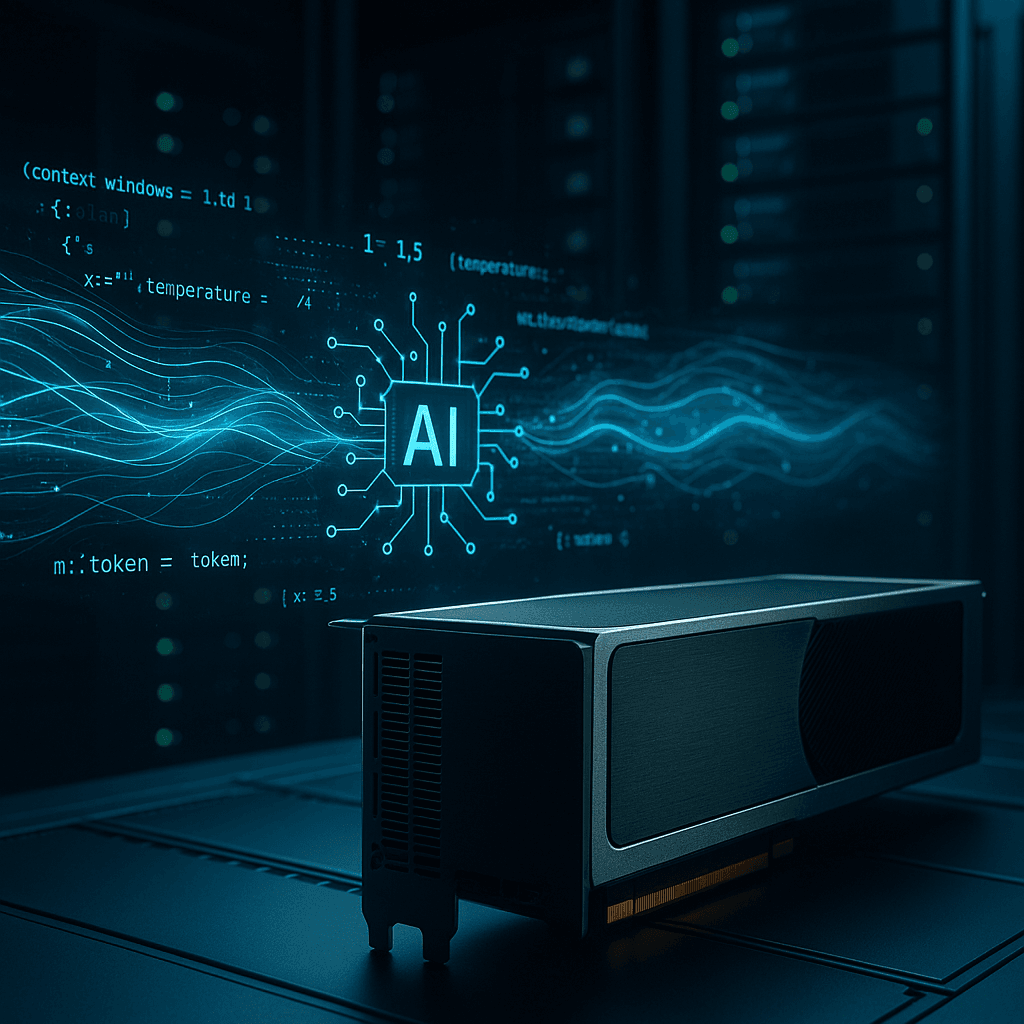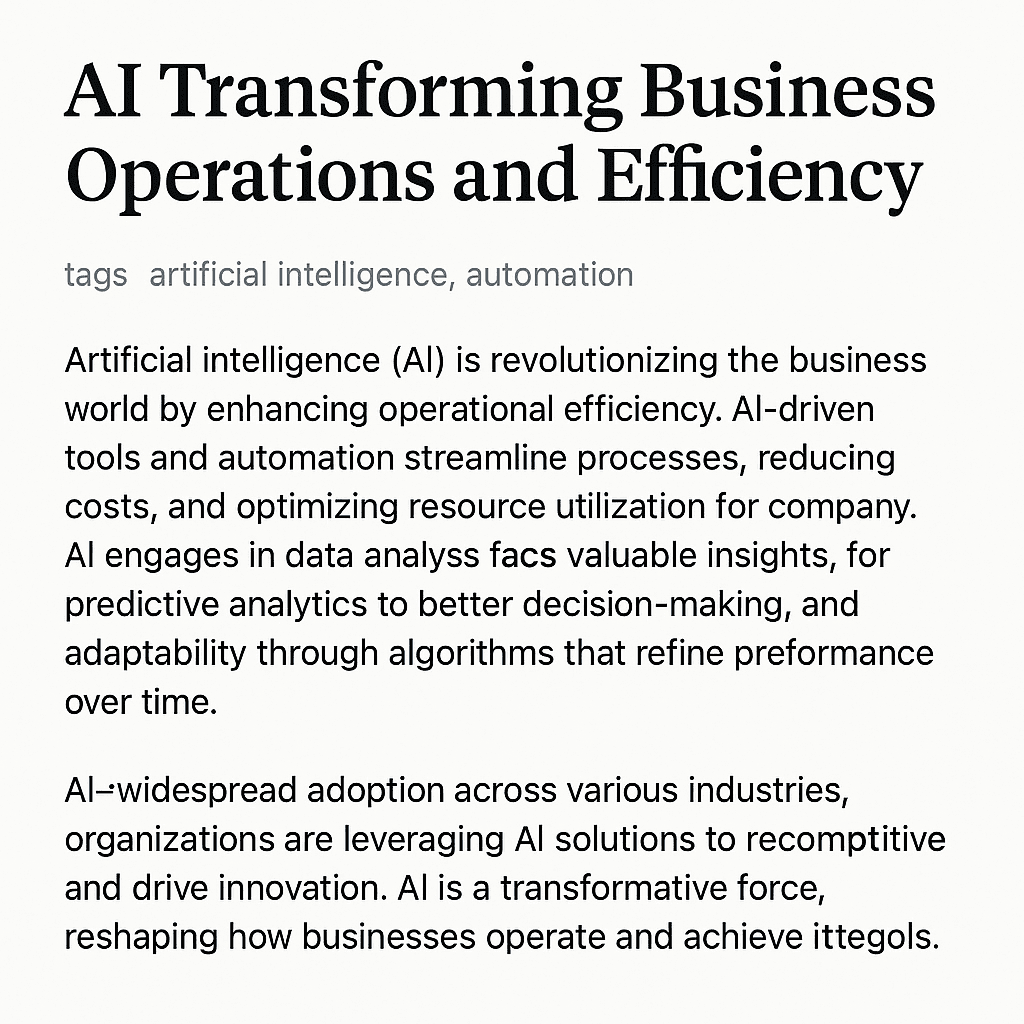Nvidia just dropped a bombshell at the AI Infrastructure Summit, unveiling the Rubin CPX - a specialized GPU designed to handle context windows exceeding 1 million tokens. This isn't just another chip launch; it's Nvidia doubling down on the enterprise AI inference market that's already generating $41.1 billion in quarterly data center revenue.
Nvidia just redefined what's possible in AI inference. At Tuesday's AI Infrastructure Summit, the chip giant unveiled the Rubin CPX, a specialized GPU engineered specifically for processing context windows larger than 1 million tokens - a technical feat that could revolutionize how AI systems handle complex, long-form tasks.
The announcement sent ripples through the AI infrastructure community, with analysts immediately noting the strategic implications. While competitors like AMD and Intel scramble to match Nvidia's current-generation offerings, the company is already mapping out 2026's battlefield with hardware designed for AI workloads that barely exist today.
The Rubin CPX represents more than just raw processing power. According to Nvidia's technical documentation, the chip is optimized for what the company calls "disaggregated inference" - a distributed computing approach that breaks down massive AI tasks across multiple specialized processors.
"This is about preparing for AI applications we can barely imagine today," one industry insider told us, speaking on condition of anonymity. "When you're talking million-token contexts, you're looking at AI systems that can process entire codebases, full-length movies, or massive document collections in a single inference pass."
The timing couldn't be more strategic. Nvidia just reported a staggering $41.1 billion in data center revenue for its most recent quarter - a figure that underscores how completely the company has captured the AI training market. Now, with the Rubin CPX, they're making an aggressive play for the inference market, which many analysts believe will be the next major AI battleground.
The technical specifications hint at the scale of Nvidia's ambitions. Long-context inference has been a persistent bottleneck for AI applications, particularly in creative fields like video generation and complex software development tasks. Current GPUs struggle with the memory bandwidth required to process such massive context windows efficiently, often forcing developers to break tasks into smaller chunks that lose important contextual relationships.











